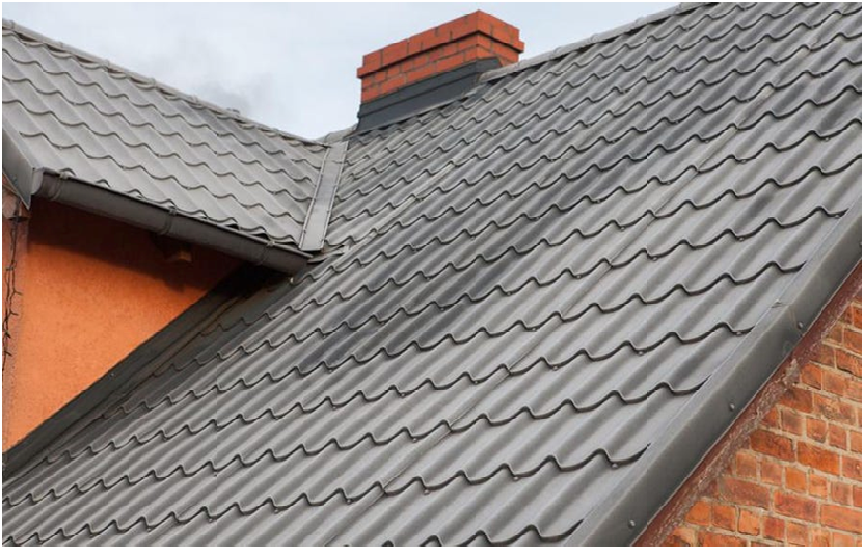
How To Install Lead Roof Boot Flashing
Vent pipes are usually flashed with either a lead collar or boot and a lead flange. The top of the boot would be turned inside the stack and placed over the vent pipe. The lead sleeves could be cut flush with the top pipe. Counter flashing would then be installed with the lead 2 inches below the pipe’s inside and 4 inches below the pipe’s outside. Roofers usually just wrap the sleeves inside the pipe.
Rubber Flange Roof Vent Flashing
A rubber flange is another popular way to flashed vent pipes. This type of flashing is most commonly used for metal roofs. Vent pipes typically measure 1 1/2 to 3 in.
Installing shingles in areas where there is a vent pipe will require you to install the shingles right up to the edge of the pipe. You will need to make holes in the shingle to allow them to slip over the pipe if they run into the boot.
Install the flashing above the pipe and the underlying roofing shingles. Install the bottom half of the lead flashing on top of any shingle below the pipe. The top half of the flange should be placed directly on the underlayment. The shingles above will cover the top part of the flange. Install your shingles by embedding the flange into roof cement. Always install a full-width shingle over the pipe. To rearrange the shingles, place a single tab on the course of the shingles.
Continue to shingle above and around the pipe, trimming the shingles as necessary to fit around it. To ensure that no nails get through the flashing, nail the shingles to the vent pipe. When trimming the shingles, leave about a half inch between the shingle & the sleeves. This is so debris doesn’t get between the vent pipe and the shingle. The shingles don’t have to be covered at the bottom of the flange. Many roofers recommend that you leave the bottom third of your flange uncovered. Although it is less likely for debris to accumulate, it does not look as neat.
You can also embed roofing cement in the flange to provide additional protection for low-sloped roofs.
Installing larger vents, such as heater vents and off-ridge vents, you will need to nail the lower edge. Apply roofing cement to the flange. Apply shingle shingle to the vent, trimming as necessary.
This article was written by a roofing professional at Roofing.co. At Roofing.co, we’re determined to be the only one you need to hire for the entire lifespan of your new roof. We take a modern, professional approach to the roofing business in order to ensure our customers in St. Petersburg and the Central Florida region have the best possible experience whenever they choose us. Click Here to learn more!


